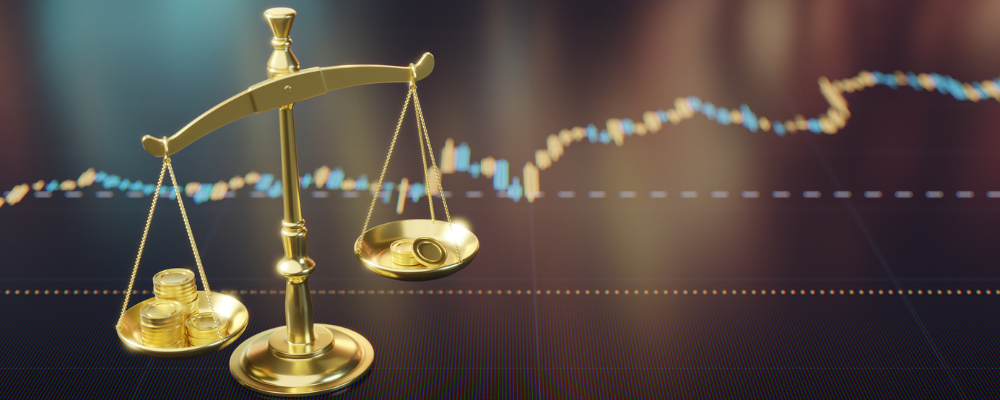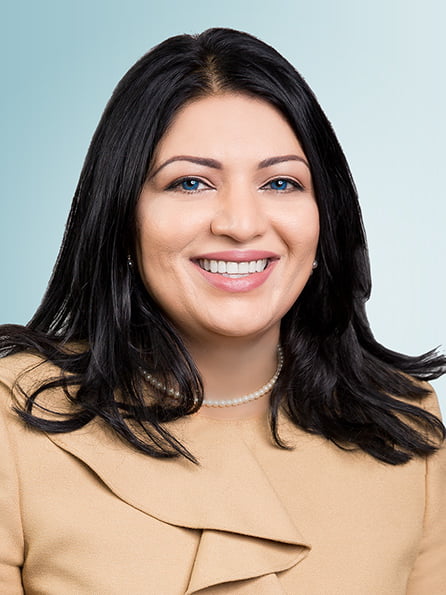Key points covered in this article:
- SBA 8(a) program caps annual owner withdrawals at $250K, $300K, or $400K based on company revenue, excluding tax distributions tied to actual liability.
- Excessive withdrawals can lead to early graduation or termination from the program, emphasizing the need for reinvestment in growth and sustainability.
- Best practices include paying reasonable salaries, maintaining clean tax distributions, staying below withdrawal caps, and reinvesting profits strategically to build long-term business value.
One of the most common questions I hear from 8(a) business owners is: “How much can I take out of my business?”
It’s a fair question. The 8(a) program was designed to create wealth and opportunity for disadvantaged entrepreneurs, but it also comes with guardrails. Withdraw too much, too soon, and you risk sending SBA the wrong message about your priorities. Handle distributions wisely, and you’ll enjoy personal benefit while building a stronger company for the long term.
The Hard Numbers: SBA’s Distribution Caps
SBA regulations at 13 CFR §124.112 set strict limits on what they call “withdrawals.” These thresholds are based on your company’s annual sales:
- Up to $1 million in sales: $250,000 cap
- $1–2 million in sales: $300,000 cap
- Over $2 million in sales: $400,000 cap
Here’s the catch: these numbers don’t scale. Whether your business generates $3M or $30M, the annual withdrawal limit remains $400,000.
Withdrawals include:
- Dividends and distributions
- Owner bonuses
- Payments to family members who are not actually working in the firm
- Personal expenses run through the business
- Investments made by the company on an owner’s behalf
Important exception: Tax distributions for S corps, LLCs, and partnerships do not count toward the cap but only if they are tied directly to the owner’s tax liability. Anything beyond that is treated as a withdrawal.
Why SBA Cares
The 8(a) program isn’t just about awarding contracts; it’s about building sustainable, competitive companies. If the SBA sees owners withdrawing large sums from the business, it raises red flags.
- If withdrawals hurt the business by draining working capital, limiting bonding capacity, or impairing performance, SBA can terminate the firm from the program.
- If withdrawals exceed the cap but don’t harm operations, the SBA can graduate the firm early, essentially saying, “You’ve already gotten what you need from the program.”
Either outcome shortens your time in the 8(a) program.
Best Practices for 8(a) Owners
So how do you take care of yourself without putting your 8(a) status at risk? Here are some innovative approaches:
Anchor in Salary
Pay yourself a reasonable salary. Compensation and benefits don’t count as withdrawals if they’re in line with industry norms. For many small-to-mid-size 8(a) CEOs ($5 M –$20 M revenue), that’s in the $250K–$400K range. Benchmark against surveys and maintain documentation in case the SBA ever requests it.
Keep Tax Distributions Clean
For pass-through entities, calculate tax distributions based on actual liability. Document your math and distribute quarterly in line with estimated payments. Anything above your actual tax bill becomes a withdrawal.
Stay Below the Cap
If your company qualifies for the $ 400,000 cap, aim for $ 250,000–$ 300,000 in discretionary withdrawals. Leaving a buffer demonstrates discipline and keeps you safe if SBA reclassifies a payment.
Reinvest with Purpose
SBA wants to see profits being reinvested to grow capacity. That might mean strengthening bonding, upgrading systems, hiring key staff, or building reserves. Think of retained earnings as equity in your future company value.
Paper the File
Keep minutes of approvals for distributions, tax distribution calculations, and salary benchmarking studies. If SBA questions you, documentation is your best defense.
Myth vs. Reality: 8(a) Distributions
Myth #1: If my business is profitable, I can take out as much as I want.
Reality: SBA caps withdrawals at $250K / $300K / $400K, regardless of how significant your revenue or profits are.
Myth #2: All distributions count toward the cap.
Reality: Tax distributions tied to actual liability don’t count. But anything beyond your tax bill does.
Myth #3: My salary counts against the withdrawal cap.
Reality: A reasonable salary and benefits package doesn’t count as a withdrawal. However, if the SBA views excessive pay as disguised distributions, they can reclassify it.
Myth #4: SBA only looks at the numbers.
Reality: SBA looks at the story behind your numbers. High withdrawals with little reinvestment tell a very different story from steady salaries and strong growth spending.
Myth #5: Once I’m in the program, I’m safe.
Reality: SBA reviews your financials every year. Excessive withdrawals or a shift in your economic disadvantage status can trigger early graduation or termination.
The Bigger Picture
The SBA isn’t trying to stop you from benefiting from your hard work. They expect you to. What they want is a balance of enough personal benefit to fulfill the program’s mission, but enough reinvestment to ensure you’re building a business that will thrive after graduation.
So the real question isn’t just “How much can I take out?” It’s “What story do my financials tell about the company I’m building?”
If that story shows discipline, growth, and reinvestment, you’ll keep SBA confident and position yourself to graduate with a stronger, more valuable business. That’s how you turn the 8(a) program from an opportunity into a legacy.
To discuss your unique situation, contact Neena Shukla, Partner on the PBMares’ Government Contracting team.
Sources –





